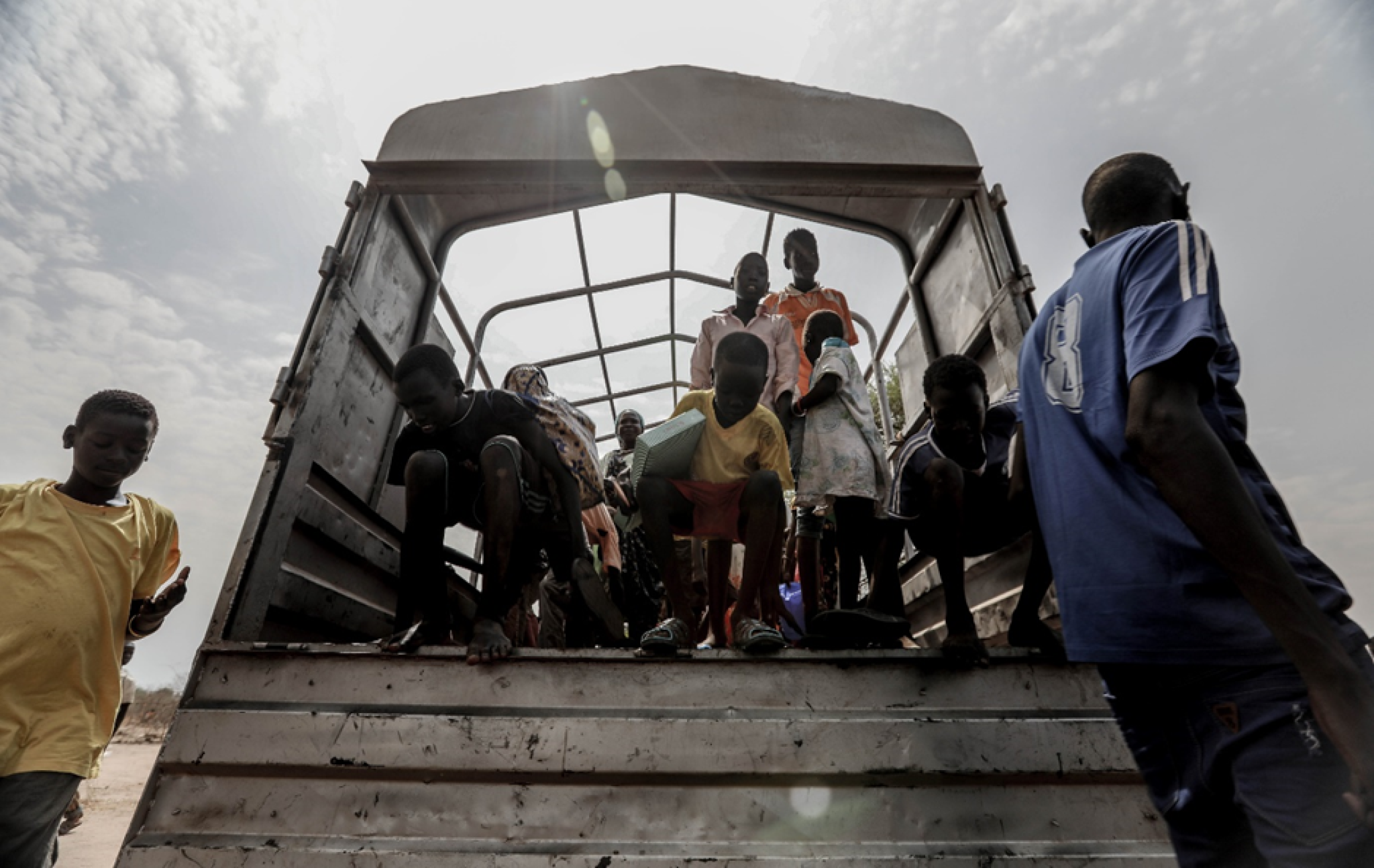Migration histories typically describe the migration experience — the journey, the settlement process, the dislocation and the discrimination — and underplay the economic forces that drive migration flows and outcomes. They are mostly memoirs, studies of a particular ethnic group, or focus on a single period (e.g. the immigration boom following World War II) or issue (e.g. refugees, White Australia policy).
There are few general histories, only one this century (Eric Richards, Destination Australia, UNSW Press, 2008). I’m embarking on a general (economic) history, provisionally titled Waves of Plenty: Immigration and the Making of Australia, to be published by Black Inc. in 2026.
Following an opening part that sweeps through 200 years of Australian migration flows and policy settings, the second part examines six periods in some detail, arguing that each of them constitute a transition point, a juncture, which had the consequence of changing the face of Australia. I want to use this seminar to gauge reaction to this approach, and the identification and attributes of these six periods. The attached table provides a brief overview of the six periods, while the chart summarises aggregate migration flows. The final part of the book is an assessment of how immigration changed the lives of those who came and how the different waves of immigration have remade Australia.
Join Zoom Meeting
https://anu.zoom.us/j/82539025901?pwd=QnYxMXJOWlFlc3E1WXpYUG82UGNqZz09
Meeting ID: 825 3902 5901
Password: 632375
Speaker
Mark Cully was inaugural Chief Economist of the Immigration department and chair of the OECD's Working Party on Migration. He led the last major revision of the points test for skilled migration, introduced forecasting of net overseas migration and established Building a New Life in Australia, the longitudinal survey of refugee resettlement. He is writing a history of immigration to Australia.
